A sneak peek at the new Hamilton Transit Centre! (photos)
A sneak peek at the new Hamilton Transit Centre! (photos)
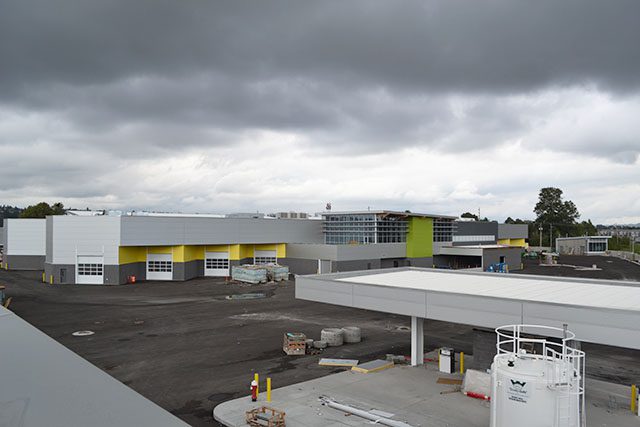
In order to move over 400,000 people on transit everyday in Metro Vancouver and prepare for a growing region, it’s important to keep Metro Vancouver buses organized, fueled up and safe. Today I’m proud to announce that our newest facility, the Hamiliton Transit Centre (HTC), is well on its way to completion!
The buildings
The new facility will perform three functions: bus dispatch, bus service (fuel and wash) and bus maintenance. Buses and bus operators servicing the Richmond, New Westminster, Burnaby and Vancouver areas will begin and complete service from this location.
Once completed, the 7.3 hectare site located in a light-industrial area in east Richmond will support the operations and maintenance of a fleet of 300 forty-foot equivalent (FFE) buses, including up to 80 Community Shuttle buses and 150 Compressed Natural Gas (CNG) fuelled buses. Sixty-foot buses will also be accommodated at the centre.
HTC features a maintenance building, service delivery building, waste water treatment building, bus washing building and fueling building.
Bus operators will receive their daily assignments in the service delivery building and collect their buses from the parking lanes. Buses due for overnight fueling and washing will be collected from the buildings and returned to the parking lane, while buses due for maintenance will be parked in bays south of the maintenance building. Because there will be CNG buses at HTC, the building requires different design considerations, including floors with radiant heat. The waste water treatment plant processes oily water and waste from the facility.
One thing that strikes you when looking at the buildings at HTC is the wood ceilings and roofs.
The HTC lighting design has also been developed to keep as much light as possible directed to the facility and not the surrounding residential sites.
A bit of history and details on HTC
TransLink and Coast Mountain Bus saw the need for a new facility and started planning for it in 2009. Construction began in 2013 with a final completion date in 2017.
HTC will increase the capacity for maintenance and storage to 2,005 FFE buses allowing room to grow our current fleet of 1,611 FFE.
What’s next?
Even though the centre won’t be completely finished until 2017, the plan is to have buses housed and running service out of the facility by the fall!
Have we piqued your interest about HTC? Well, we’ll be planning a livestream of the centre really soon. What do you think about that?
Author: Robert Willis


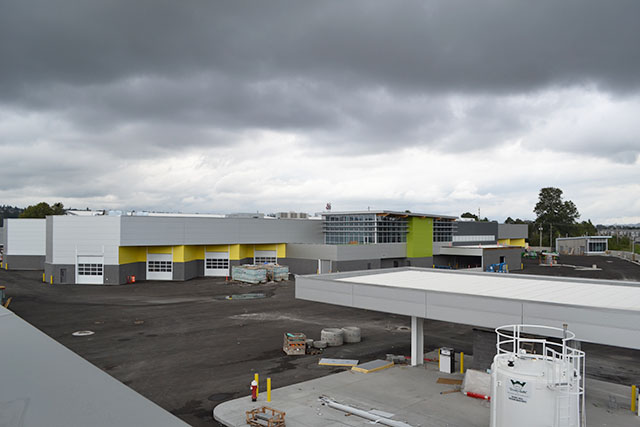
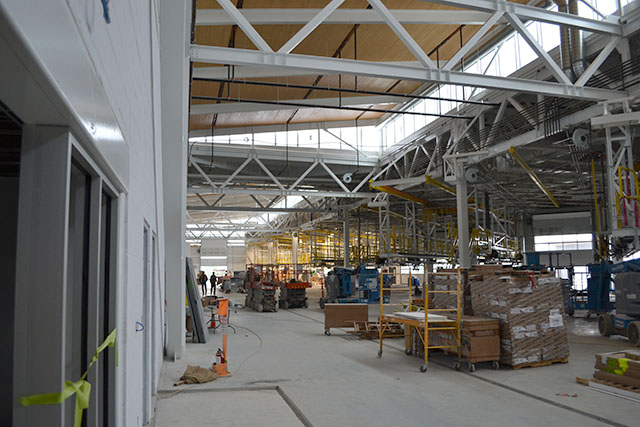
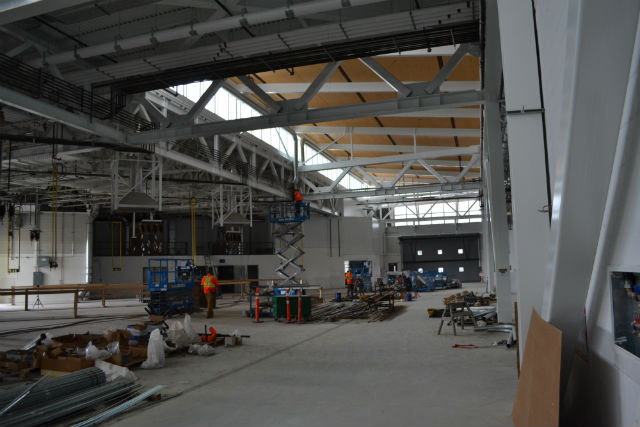
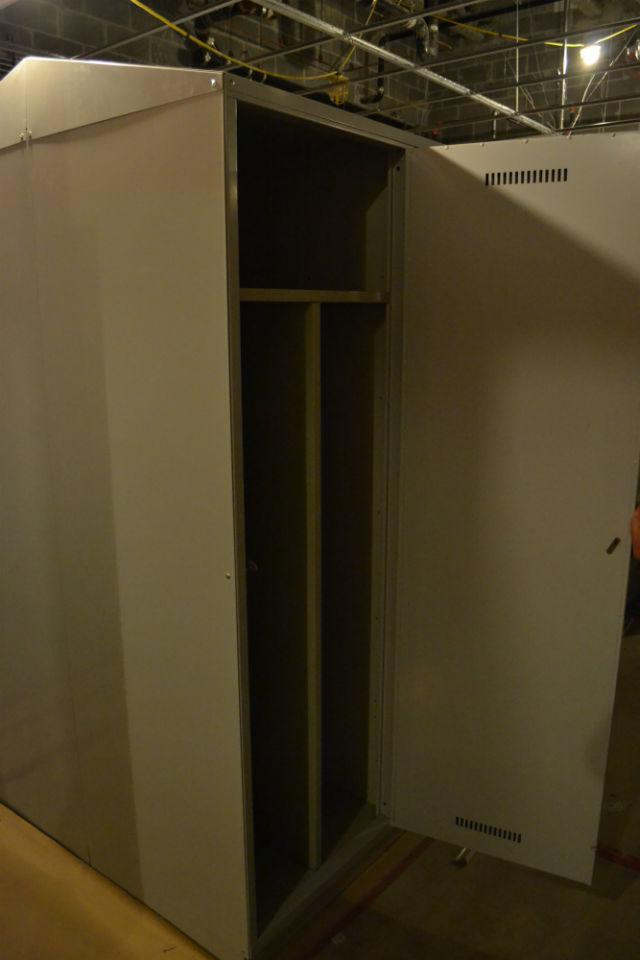
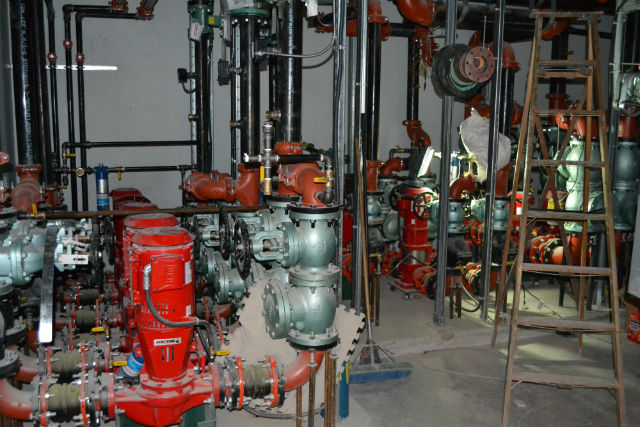
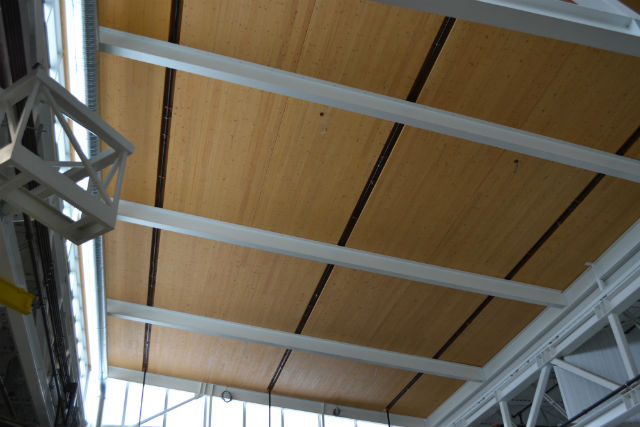
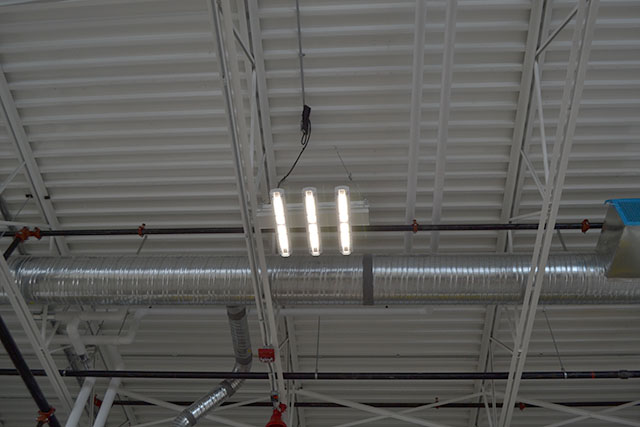
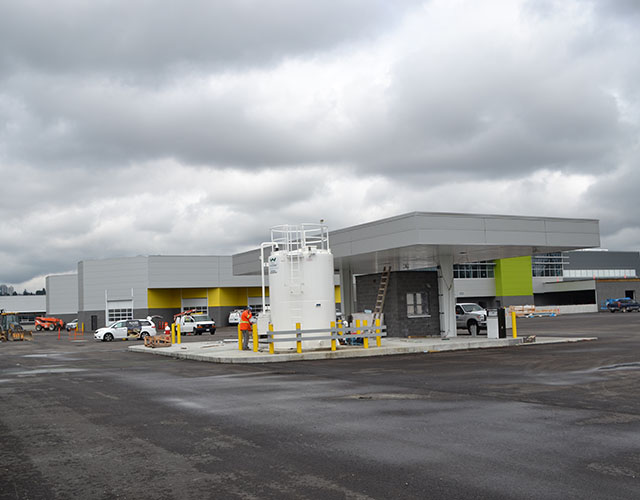
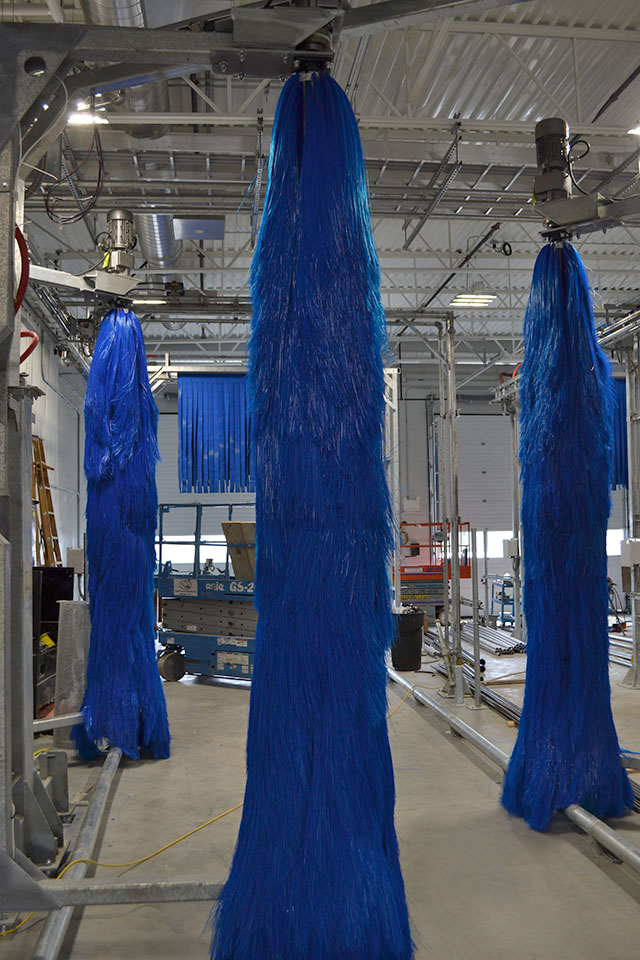
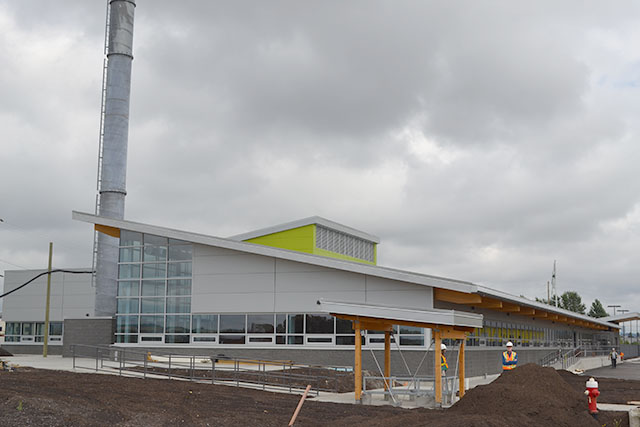




All I’m interested in now is the exact routes that will operate out of HTC. I guess we will wait and see.
I noticed that there are new 40 foot CNG buses in Richmond. How many have been ordered? Are they replacing some of the Orion coaches as well?
Is it too far-fetched to ask for a guided tour or open house before (or even after) the garage is put into service? Otherwise it looks like quite the place to work at someday!
Andrew: Richmond is getting 40 new DIESEL buses. Richmond does not have CNG refueling facilities. The first 2 new Xcelsior’s went into service 2 days ago, more on the way!
Juan: as far as I know, the following routes have been allocated to Hamilton: #100, 101, 104, 106, 110, 112, 116, 123, 125, 128, 129, 144, 155, 410 & 430. As well as Community shuttle routes that currently call Oakridge home.
Hi Juan: I don’t have the routes number at the moment. We’ll update you when we do!
Andrew: We’ve asked this question and will get you the answer soon.
Allen: Stay tuned for our livestream and I’m also thinking of a guided tour in the not-too-distant future!
So that’s what the building is. When construction first started we were all really hoping it would be a Costco but I guess a transit building is alright. For anyone wondering, it’s right on the Richmond/New West border near Lowes in Queenborough.
Why is the facility so named? Even after a bit of googling, I can’t find an obvious answer. There appear to be no streets named Hamilton in the area. Is it named after a prominent figure?
Here is a clip entitled “Celebrate Hamilton’s History” written by Richmond City Councillor Ken Johnston, Hamilton Liaison printed in a community newsletter:
The Hamilton Area is named after a Richmond School trustee and berry farmer Alexander Hamilton who moved to Richmond in 1926 and was instrumental in moving the elementary school closer to Hamilton in 1939.
Prior to 1941 much of the population of Hamilton consisted of Japanese fishing families and farmers. The Veterans Land Act (VLA) of 1942 set aside large areas of land in Richmond for the purposes of providing affordable housing subdivisions to returning servicemen and one of those subdivisions was in Hamilton.
The sub-division was divided in a way that families were allotted one acre of land with a two bedroom house. The cost of the land and house was $4800.00. The building of the subdivision gave new life to the area of Hamilton.
The economic base of Hamilton was agricultural, emphasizing beef cattle and berry crops. The implementation of the 1972 Agricultural land reserve kept development in Hamilton at bay until the 1980’s when new housing mixes were introduced. The building of the mini shopping centre, Hamilton Community Centre and new Hamilton Elementary School have bonded the community.
Why Richmond? With a one in three chance of a major earthquake (9.0) and inundation of pretty well all of Richmond why on earth put such a vital piece of transportation infrastructure in such a vulnerable location? What was Trans Link thinking?
I wish that they had built the facility to accommodate double decker buses.
So if it’s true that I heard that Hamilton has the most 40 footer buses does it mean that pass overs will be common in the major Vancouver routes that use 40 footer buses due to Vancouver having less 40 footers?
Why, on your main page under the heading, Coast Mountain Bus Company, you have West Vancouver Transit under contract when it is actually under contract to Translink not Coast? As Coast is also under contract or as they say an subsidiary to Translink if I’m not mistaken?
Hi Rod,
West Vancouver Transit is a department within the District of West Vancouver which is contracted with TransLink under a TransLink Board approved operating agreement to provide bus services.
TransLink has assigned, as their representative, CMBC to provide oversight and contract management. This is the same for transit services operating on Bowen Island and for the Langley, New Westminster and Tsawwassen First Nations Community shuttles, also via TransLink approved agreements with independent service providers/ contractors.
This is like BCRTC, a TransLink subsidiary providing similar oversight to ProTrans, which operate Canada Line.
If a transit service operates on rubber (tires) CMBC provides the oversight/ management, etc., if a transit service operates on rail, BCRTC provides this.
Thanks!